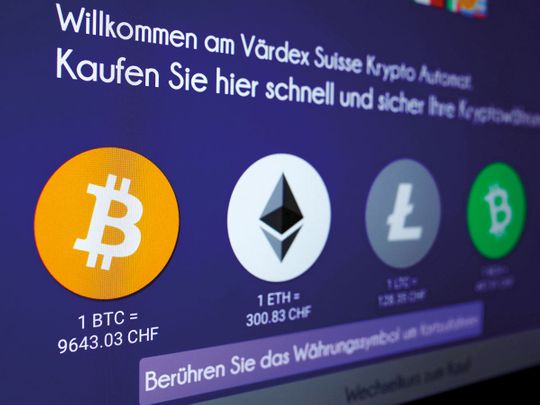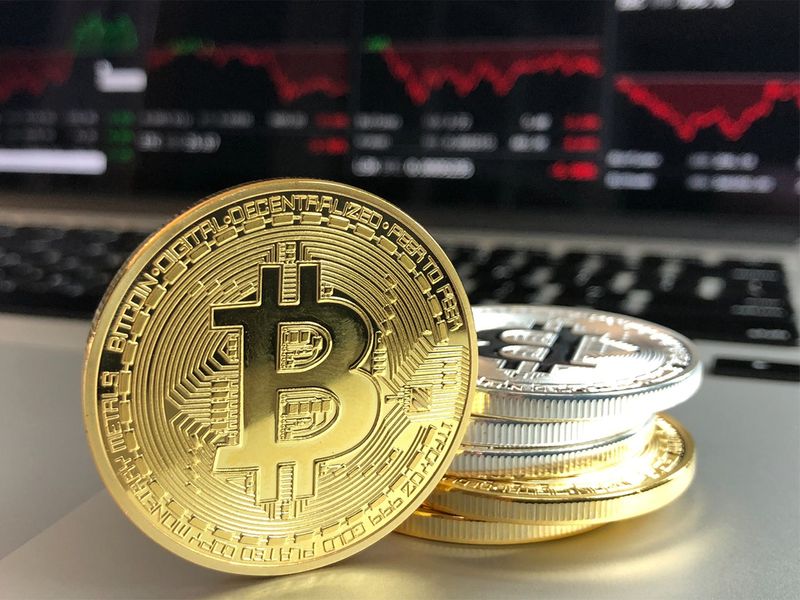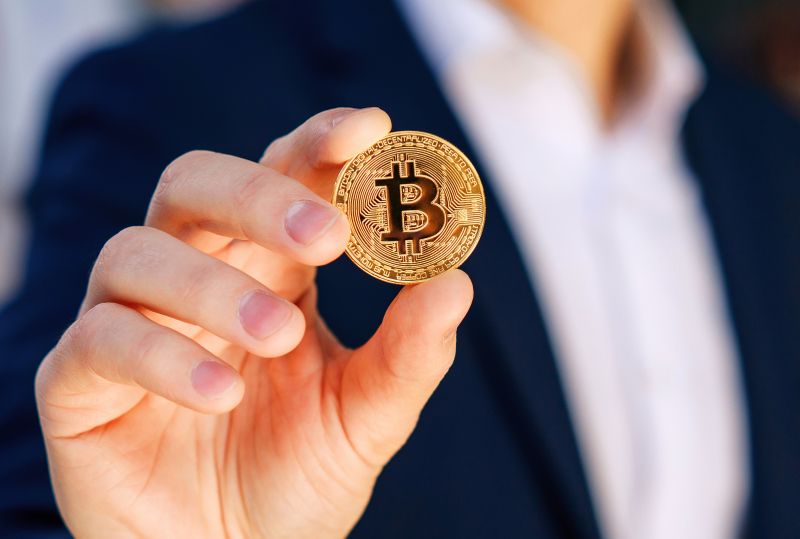
Dubai: For investors interested in gaining exposure to cryptocurrency but worried about rampant volatility, Stablecoins may be worth a look.
Dubai: While cryptocurrencies such as Bitcoin and Ethereum have disrupted the way many investors interact and think about money, traditional investors may opt to steer clear as prices can change drastically from one moment to the next.
Stablecoins, on the other hand, as the name suggests are less subject to volatility. Stablecoins are cryptocurrencies that are backed by an asset, most often a ‘fiat currency’. They maintain much of the appeal of other cryptocurrencies, however, allowing investors access to a new and evolving asset class.
It is important to understand here that this demand and supply is decided by the participants of the network who are bringing a fiat currency into use. Fiat currency or money establishes the exchange of value with the help of the government’s backing.
For example, within a network, I trade a Dh100 note for a mobile phone, I am essentially exchanging value worth Dh100 for the phone. The store-keeper, takes the Dh100 note and buys his meal with the same or invests it to create more value.
So Stablecoins are essentially a form of cryptocurrency that has a fixed price. In a nutshell, a Stablecoin is a coin that tries to stay at a stable price, having been backed by some asset. It is used to overcome the volatility of the market.
However, Bitcoin is not a Stablecoin. It is not backed by anything in fact. It has grown in value because people see the value of a decentralised currency, and supply and demand has taken care of the rest.
To understand the perks of Stablecoins, it’s vital to understand what the downsides of Bitcoin are.

A major flaw of Bitcoin, addressed with Stablecoin
Lacking any intrinsic value, logic dictates that Bitcoin’s price could be anything or nothing at all. Similar to fiat currency, Bitcoin (or most of the cryptocurrencies) is also not backed by any gold or silver hence does not have any intrinsic value.
Bitcoins, being a digital value, are effectively 'gone' if a hard drive crashes or a virus corrupts records, and the wallet file is corrupted. There's nothing that can be done to get it back.
Bitcoin is a purely speculative asset – a private fiat currency – whose value is whatever the markets say it is. It is also expensive to produce.
Moreover, the cost of “mining” an additional Bitcoin – solving computational puzzles using energy-intensive digital equipment – increases at such a rate that the total stock of the cryptocurrency is capped at 21 million units.
Stablecoin value surges over the recent years
At the end of May 2021, the total market capitalization of Stablecoins broke $100 billion (Dh367 billion). Stablecoins were worth more than $10 billion as of May 2020.
In countries like Brazil, many people are turning to Stablecoins as an alternative to their national currencies in uncertain economic conditions. Meanwhile, in Hong Kong, some people are using Stablecoins to avoid new internet censorship in a tumultuous political climate.

Are Stablecoins worth considering?
If you don’t know much about the technology and you don’t know what to do with changes in market conditions, you may need to keep your digital assets in Stablecoins since cryptocurrencies are often quite volatile.
The volatility in cryptocurrencies is sometimes so high that if you don’t trade correctly, you may lose a lot. If you cannot keep a close eye on market conditions or changes, or if you are simply not familiar with all these, it may be wise to keep your digital assets in Stablecoins.
In addition to this, cryptocurrencies can enter a recession period, called “bearish”, in which the value of all crypto coins falls considerably. During these periods, you can avoid potential risks by converting your digital assets into Stablecoins.
But at the same time, if you have been working as a trader in the market for a long time, then Stablecoins may not be for you at all. This is because traders follow daily fluctuations in cryptocurrencies, usage graphs and many other data to generate revenue from price increase or decrease of cryptocurrencies. Hence, traders usually stay away from Stablecoins.
Stablecoins are a major source of liquidity
Because they are designed to maintain a steady price, Stablecoins have become a major source of liquidity in cryptocurrency markets. They are used by traders and investors to buy other cryptocurrencies on exchanges that don’t accept fiat currencies, and as a place to park funds when other crypto assets are experiencing big price swings.
Eventually, enthusiasts say, Stablecoins could be used for financial transactions such as loans, remittances, wire transfers and payments, delivering on the crypto industry’s longstanding promise to make such transactions cheaper, faster and easier.
Still, the use of Stablecoins for real-world purposes other than trading remains far off, some analysts and investors say, due to a lack of financial networks that can accept and use cryptocurrencies.

Stablecoins fill a major void in the crypto market
For traders and investors, however, Stablecoins address a problem that plagues many popular crypto exchanges around the world – the exchanges don’t have relationships with banks, meaning investors can’t use dollars, euros or other government-backed currency to buy the cryptocurrencies they want to trade. (Many banks avoid crypto exchanges, wary of the money-laundering risks associated with digital currencies.)
So to purchase cryptocurrencies, traders often buy Stablecoins with dollars on an exchange that has a relationship with a bank, and then transfer the Stablecoins to the exchange where they want to trade. Similarly, traders often can’t sell cryptocurrencies for dollars, so they sell into Stablecoins instead.
While dozens of Stablecoins have been launched or announced, the most popular one by far is Tether, which accounts for 94 per cent of total Stablecoin transaction volume, according to Chainalysis.
Conclusion
Due to the abrupt crashes and gains that Bitcoin tends to suffer, some advocates believe that Stablecoins can erase all doubts about the rate of conversion.
At the end of the day, all of these make virtual currencies much more practical for the purchase of services and goods.
Governments are already testing Stablecoins as the Central Bank Digital Currencies, which would function as a virtual representation of the current fiat money that we use.








